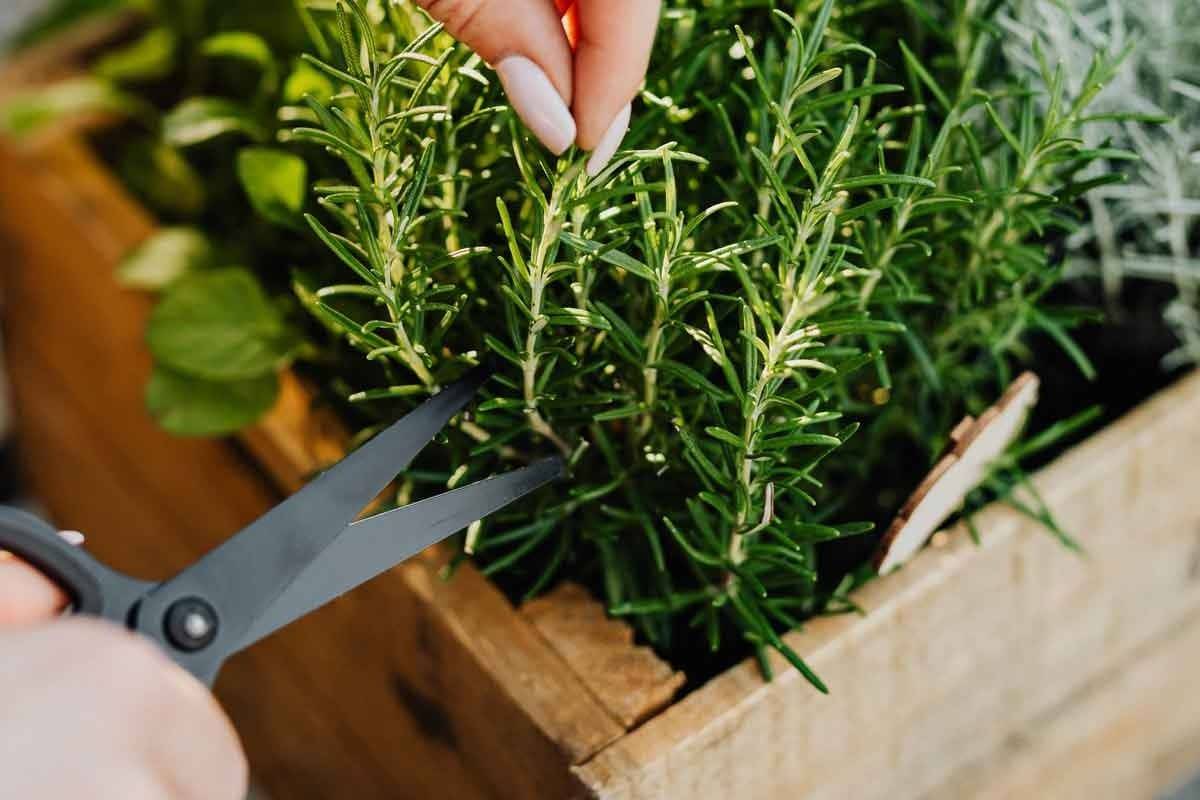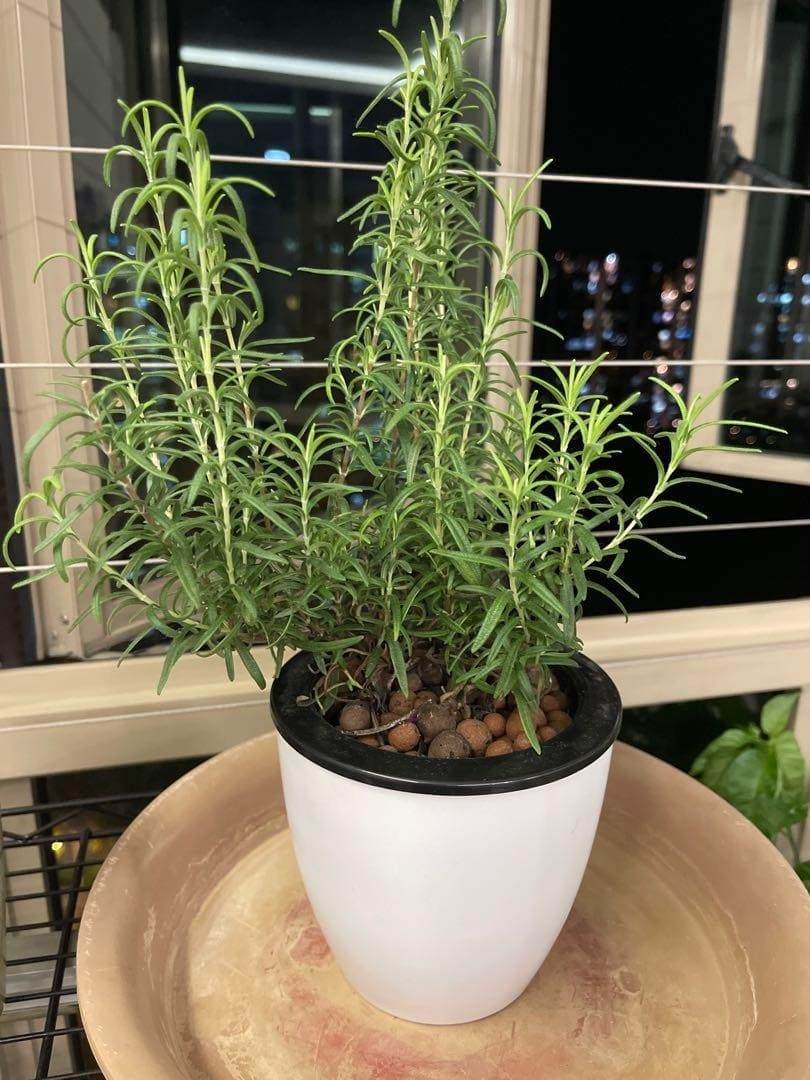Rosemary, with its distinct aroma and versatility in the kitchen, is a must-have herb in many households. And if you want to expand your herb garden, especially this versatile herb, growing rosemary from cuttings in water is an incredibly rewarding way to propagate it.
Not only does it allow you to create new plants with ease, but it also grants you the opportunity to enjoy the process of nurturing and watching your cuttings develop roots. By taking a few simple steps, you can have an abundance of rosemary to enhance your culinary creations and garden landscape.
Materials Needed
To get started, you’ll need a few essential materials. These include:
- Rosemary Cuttings: Select healthy, non-flowering stems that are about 6 inches long. Make your cut just below a leaf node (the point where leaves grow from the stem).
- A Clean Container: Choose a glass or plastic container that is clear or translucent, so you can monitor root growth. Make sure it’s clean and has no residues of chemicals or detergents.
- Water: Use room temperature water. Distilled or filtered water is preferable, as it contains fewer impurities that might harm your cuttings.
- Sunlight: Place your container in a location that receives indirect sunlight. Rosemary enjoys plenty of light but not direct, scorching sun.
- Patience: Growing rosemary from cuttings can take several weeks. Be patient and enjoy the process.

Propagate Cuttings In Water
1. Prepare Cuttings
Before you propagate your rosemary, gather your cuttings. As mentioned earlier, select healthy, non-flowering stems. These are typically taken from the newer growth, which is more likely to root successfully. Clip the stems at a 45-degree angle, just below a leaf node, and remove the lower leaves to expose the nodes, where the roots will develop.
2. Propagate Cuttings
Place your prepared rosemary cuttings in your clean container with about 2-3 inches of water. , making sure that no leaves are submerged in the water. It’s essential to monitor the water level regularly, ensuring that it covers the nodes but doesn’t submerge the entire cutting.
You should change the water every few days to maintain its clarity and freshness, as this can help prevent rot or mold. After about 2-6 weeks, you’ll notice the development of delicate white roots emerging from the nodes. When the roots are about 2-3 inches long, it is a sign that your cuttings are ready for the next step.

Transplant And Take Care Of Cuttings
1. Transplant
When transplanting, you should choose a well-draining potting mix or a blend of sand and potting soil. Plant each cutting in its own pot or in a larger container, ensuring that the roots are well-covered but the leaves remain above the soil. Water the transplanted cuttings thoroughly and place them in an area with indirect sunlight.
2. Take Care Of Rosemary
Rosemary prefers well-drained soil and should be watered when the top inch of the soil feels dry to the touch. Overwatering can lead to root rot, so you should be cautious not to keep the soil consistently soggy. Fertilize sparingly, as rosemary isn’t a heavy feeder. Pruning your rosemary encourages bushier growth, so feel free to trim it regularly to promote a healthy and robust plant.

Harvest And Enjoy
1. Harvest
The best time to harvest rosemary is in spring or summer, when the plant is growing most actively. You should choose healthy and mature branches that are at least 8 inches (20 cm) long. Avoid harvesting from young and tender shoots, as they have less flavor and oil.
Another important thing to keep in mind is that do not harvest more than 20% of the plant at a time, as this will stress the plant and affect its growth.
2. Enjoy
One of the most delightful aspects of growing your own rosemary is being able to enjoy it in your culinary creations. This aromatic herb is a wonderful addition to roasted meats, grilled vegetables, bread, and a variety of dishes. Its versatile and robust flavor can transform your cooking and elevate your meals to new heights.

Other Tips For Growing Success
1. Provide Good Drainage
Rosemary detests sitting in waterlogged soil. Make sure your pots have excellent drainage, and consider adding a bit of sand to your potting mix to enhance drainage.
2. Prune Regularly
Pruning not only encourages bushier growth but also keeps your rosemary healthy, so trim the stems regularly to maintain the shape you desire.
3. Overwinter Indoors
If you live in a region with cold winters, consider overwintering your rosemary indoors. Place it near a sunny window to ensure it continues to thrive.

Rosemary is easy to grow and take care of, as long as you follow our tips. Now, you don’t have to bother going to the shops every time you need some herbs. Get started on this aromatic journey, and soon you’ll have an abundant supply of rosemary at your fingertips.
